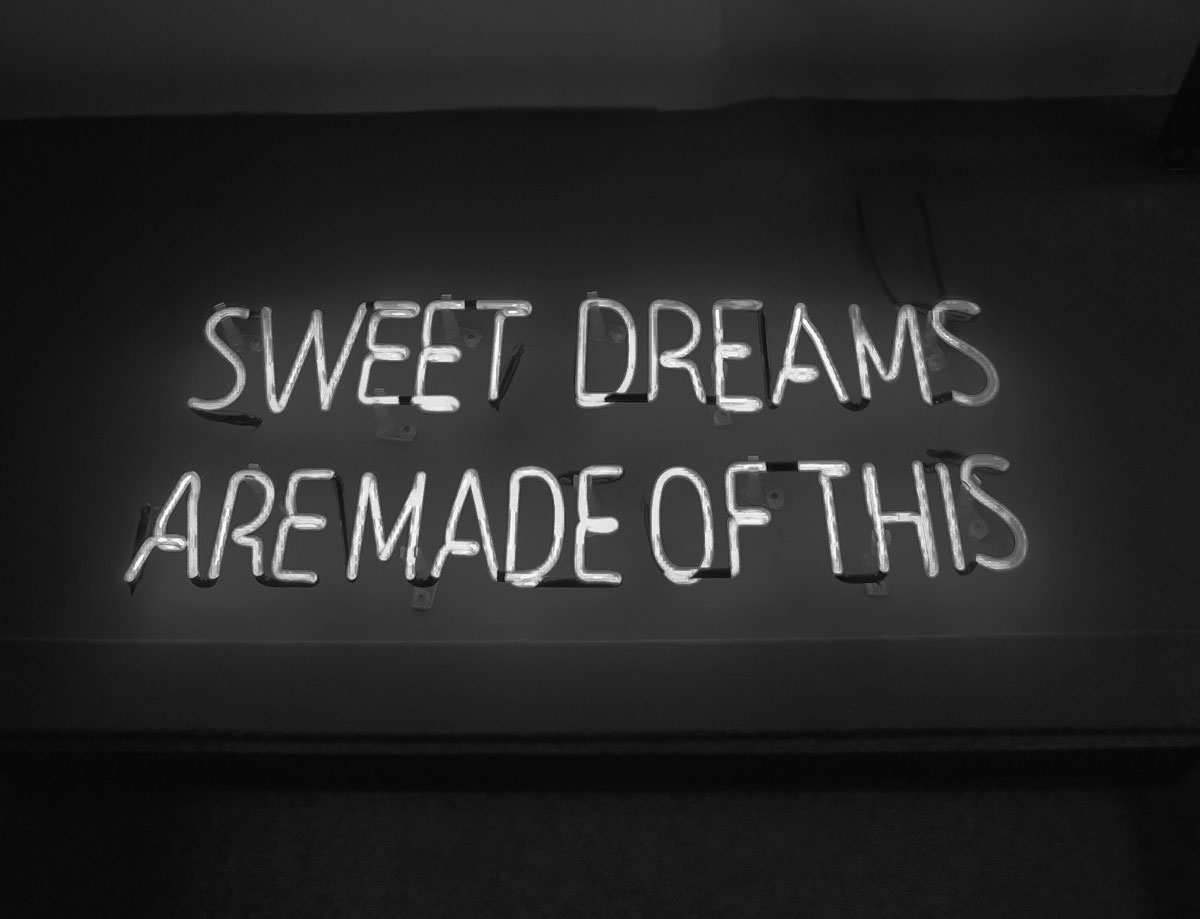
Brand Identity
What is your brand, after all, and how does it evolve?
It doesn't matter if you're building a new brand or updating your current one. The way your brand expresses itself will make your brand strategy tangible and make it relevant to your audiences.
Your brand communicates as much in the way it appears as in what it says!
When we talk about identity, many people think about the visual identity, the colors, the font, the grid, the ways of applying the logo. But a consistent brand identity encompasses much more than that. It includes the visual language of images, the tone of voice, vocabulary and messages that reinforce your positioning.
It will guide all the company's communication, whether internal or external. From your basic communication materials like brochures and catalogs to your ads. It is worth remembering that we are in the age of information and content, with social networks and blogs dominating digital media in relationships with people.
So, more than a beautiful identity, it's necessary to think and execute the way your brand talks and performs it.
The 7 essentials of a strong brand identity:



